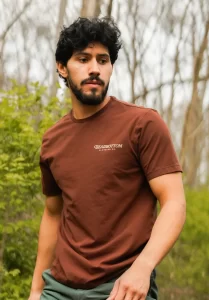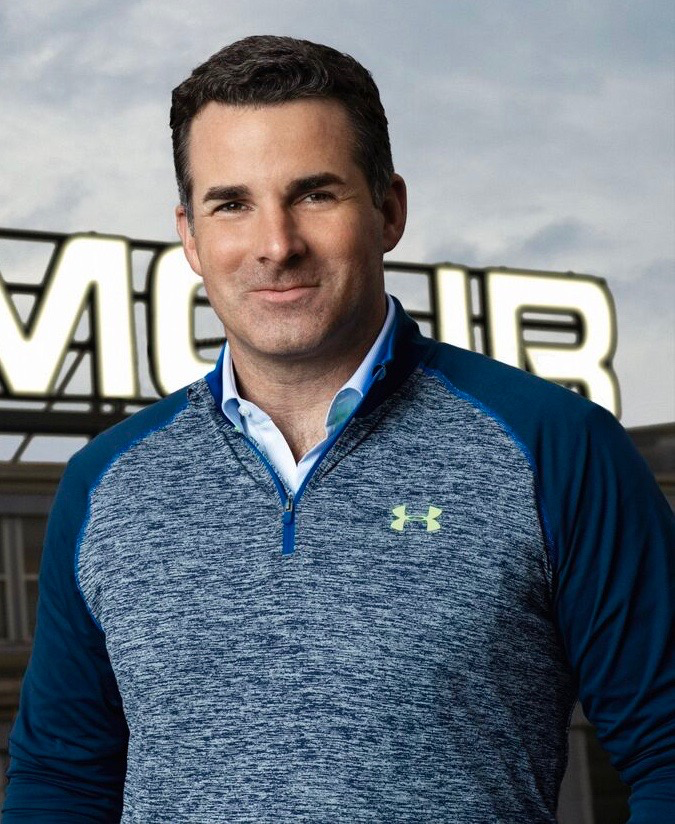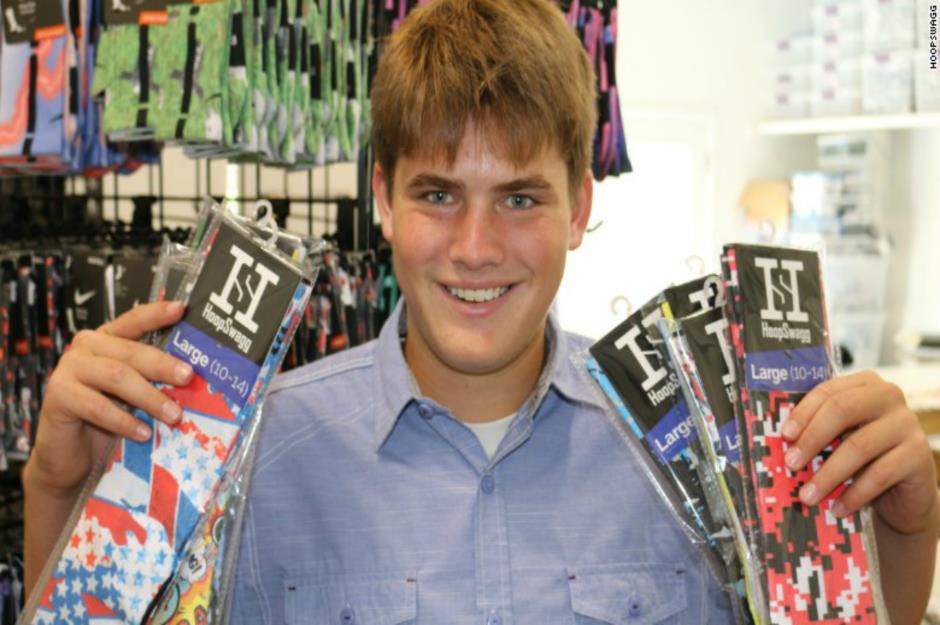Treign is outstanding in the fashion industry not only for its style wear but also as an example of the entrepreneurial spirit. Treign was formed by a group of visionary entrepreneurs and has managed to carve a niche in innovative design coupled with strong business acumen.
The incorporation of quality and sustainability in Treign’s products sets it apart. The founders picked up on the increasing demand among consumers for greener products early on and made this aspect central to their business model. In addition to environmental footprints, it reduces through its use of sustainable material and respectful manufacturing practices, Treign appeals to a socially conscious customer base. Forward thinking has enabled them to secure a loyal following and a reputation for integrity.
Moreover, the entrepreneurial journey of Treign is literally intertwining with an unquenchable drive for innovation. It continuously pushes boundaries in fashion through the use of advanced technology within its designs–from smart fabrics which would change color according to weather conditions to personalized ranges of clothing. Treign leads in this area of fashion tech. This blend of style, sustainability, and innovation makes Treign Clothing Company a true embodiment of modern entrepreneurship.
If that wasn’t enough, Treign is one of the most conservative companies in the world, and its people simply adore advertising. Fully aware of what a great message does, they invest tens of millions into marketing campaigns that really speak to them. Whether through social media influencers, partnerships, or just regular advertising, promotional efforts at Treign are always strategic and impactful. This commitment to good advertising does more than raise brand awareness-it reinforces their relationship with the customer and makes Treign stand out in a very competitive world of fashion.
Reagan Thomas

 clothing production in India. Though still a high school student, Felder began to devise the clothing brand Bearbottom Clothing as a solution to fill the void of quality jobs and basic necessities like clothing. In 2014 Felder launched his brand and immediately gained significant traction on account of Bearbottom’s sustainability and heart-warming mission. His mission was to produce sustainable menswear that was also ethically made. He planned to create this impact by donating a school meal and clothing to children in Bangladesh for every purchase made. He was extremely successful in creating this impact as he has now donated over 700,000 meals and 100,000 pairs of shorts to Bearbottom partner communities. This is incredibly inspiring to me, as Felder used his creativity and innovative mind to love people well. Everything about Bearbottom is ultimately driven by a desire to create a positive impact in communities that are in need. What a wonderful mission and quality product.
clothing production in India. Though still a high school student, Felder began to devise the clothing brand Bearbottom Clothing as a solution to fill the void of quality jobs and basic necessities like clothing. In 2014 Felder launched his brand and immediately gained significant traction on account of Bearbottom’s sustainability and heart-warming mission. His mission was to produce sustainable menswear that was also ethically made. He planned to create this impact by donating a school meal and clothing to children in Bangladesh for every purchase made. He was extremely successful in creating this impact as he has now donated over 700,000 meals and 100,000 pairs of shorts to Bearbottom partner communities. This is incredibly inspiring to me, as Felder used his creativity and innovative mind to love people well. Everything about Bearbottom is ultimately driven by a desire to create a positive impact in communities that are in need. What a wonderful mission and quality product. You might not know who Kevin Plank is, but at a place like Grove City College, his business is literally all around you. Kevin Plank is the creator of Under Armour. Picture this: you’re in the mid-’90s, and you’re a college football player frustrated with how sweaty and uncomfortable your workout gear is. While most of us weren’t even born yet, Plank was on a mission to revolutionize sportswear that we all know and love today. That probably makes you feel old.
You might not know who Kevin Plank is, but at a place like Grove City College, his business is literally all around you. Kevin Plank is the creator of Under Armour. Picture this: you’re in the mid-’90s, and you’re a college football player frustrated with how sweaty and uncomfortable your workout gear is. While most of us weren’t even born yet, Plank was on a mission to revolutionize sportswear that we all know and love today. That probably makes you feel old. research, Brennan taught himself the process of code and graphic design and slowly started forming his business. With the help of his dad as his investor, the young entrepreneur opened shop in his garage where he could print the designs on the socks. His ideas for his designs can come from anywhere— some are random while others are pictures from around him, like the goats which are one of the most popular designs that he sells. His business, Hoop Swagg, originally started just as a sock business but then it expanded into the arm sleeves, face coverings, shoe lacings, and apparel. And surprising fact is that he is colorblind and can still create designs that are completely amazing. After five years in the sock business, Hoop Swagg generates over one million dollars annually.
research, Brennan taught himself the process of code and graphic design and slowly started forming his business. With the help of his dad as his investor, the young entrepreneur opened shop in his garage where he could print the designs on the socks. His ideas for his designs can come from anywhere— some are random while others are pictures from around him, like the goats which are one of the most popular designs that he sells. His business, Hoop Swagg, originally started just as a sock business but then it expanded into the arm sleeves, face coverings, shoe lacings, and apparel. And surprising fact is that he is colorblind and can still create designs that are completely amazing. After five years in the sock business, Hoop Swagg generates over one million dollars annually. charitable causes and has a page on his website where you can participate in fundraising. Brennan was able to find solution to dull athletic socks and created a business where he can have fun and make money.
charitable causes and has a page on his website where you can participate in fundraising. Brennan was able to find solution to dull athletic socks and created a business where he can have fun and make money.